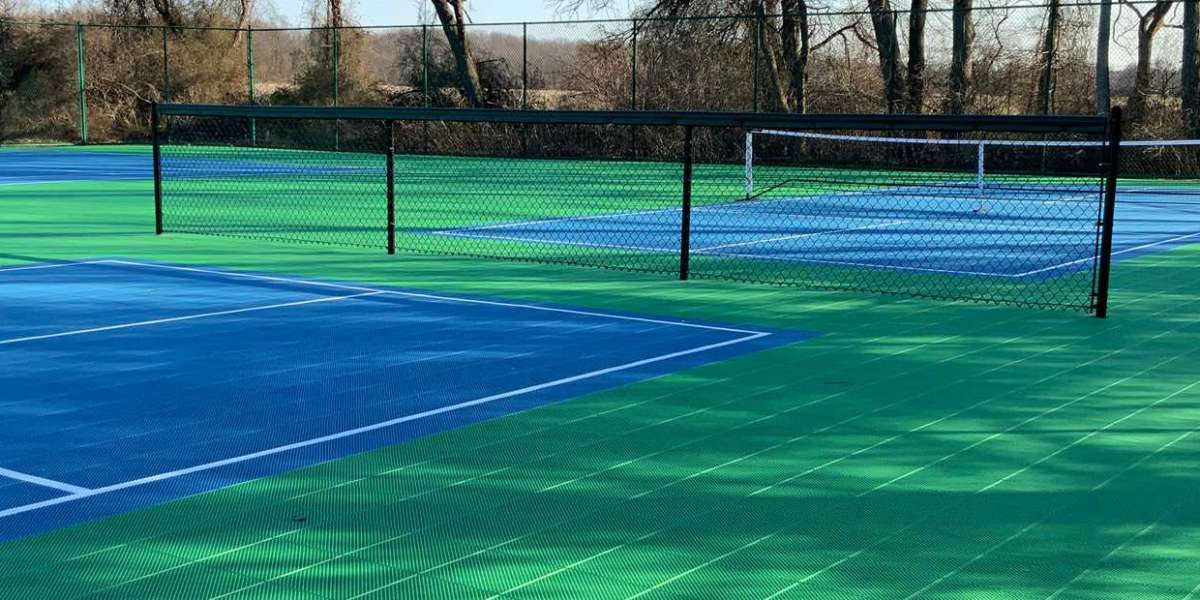Pickleball Court Flooring is becoming super popular, and lots of people are looking to build their own courts, whether that's at a sports complex, school, or even in their backyard. If you want to make sure your court is durable, safe, and up to standard, you all need to plan it out well, pick the right materials, and know the size and surface requirements.
Step 1: Planning and Preparing the Site
Start by choosing a good spot. A standard pickleball court measures 20 feet wide and 44 feet long, but you’ll need at least 30 by 60 feet for enough space to move around safely. If you’re building outside, make sure the area drains well. Having a flat surface is key for keeping the court in good shape and keeping players safe.
Step 2: Laying the Foundation
After leveling the ground, you'll need to lay down a foundation, usually made of concrete or asphalt. Concrete is a popular choice because it's strong and affordable. If your court is outdoors, make sure the foundation has the right slope to prevent water from pooling.
Step 3: Choosing Your Surface Material
The surface you pick will affect how the game plays and how comfortable it is. Here are some options:
- Acrylic Coatings: Common for professional courts because they're durable and come in various colors.
- Modular Tiles: Good for DIY or temporary courts; they're easy to put down and help absorb shock.
- Cushioned Systems: Best for comfort, often found in indoor facilities.
Pick a acrylic surface based on your budget, how often you’ll use the court, and the weather in your area. Aim for a surface that offers good grip, bounce, and can handle different weather conditions.
Step 4: Marking the Court Lines
Once the surface is ready, mark the court boundaries with bright colors. You need to get this right. If you’re building it yourself, a pickleball court marker can help. Make sure to include all the important lines: baselines, sidelines, service boxes, and the 7-foot no-volley zone on both sides of the net. Stick to the official court dimensions for competitive play.
Step 5: Adding Finishing Touches
Lastly, you can add extras like fencing, lights, seating, and nets. If you have an old court you want to upgrade, resurfacing can get it up to date without the expense of a complete rebuild. Professional builders or local contractors can help you get the job done right.
Conclusion
Building a pickleball court takes more than just laying down some surface material. From planning and picking the right surface to ensuring accurate measurements and quality finishing, every detail counts. Whether you're setting up a professional-looking court or creating a fun spot in your backyard, a well-built court will make for great games for years to come.








